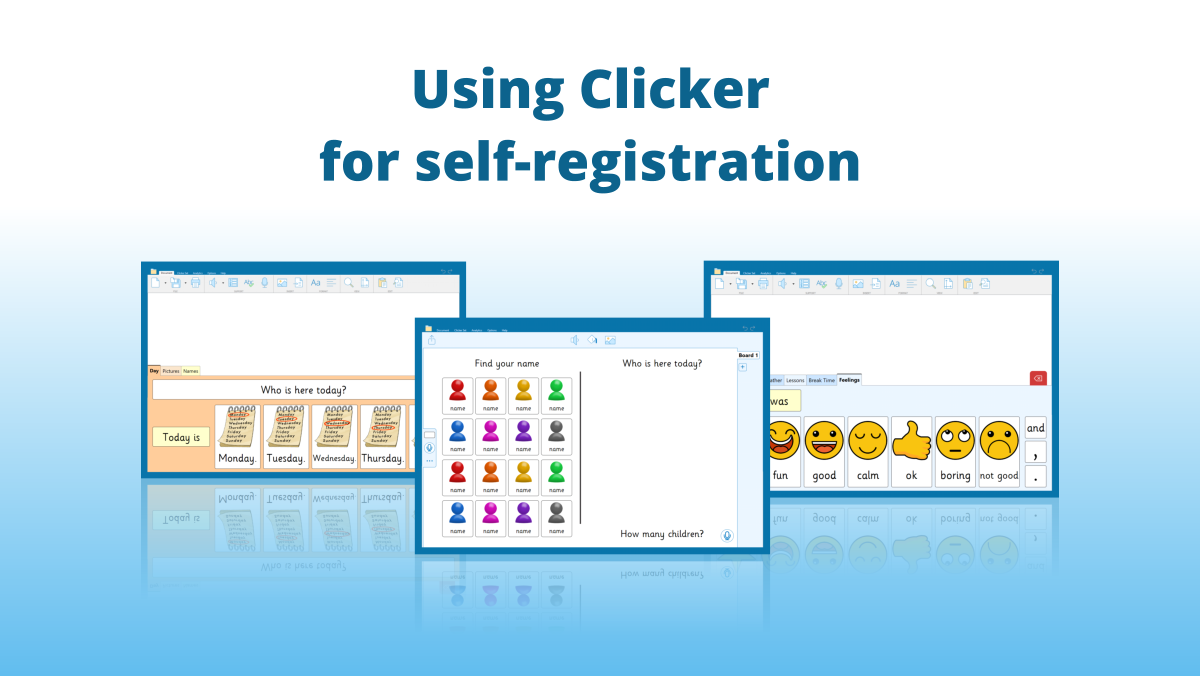Crick Software blog
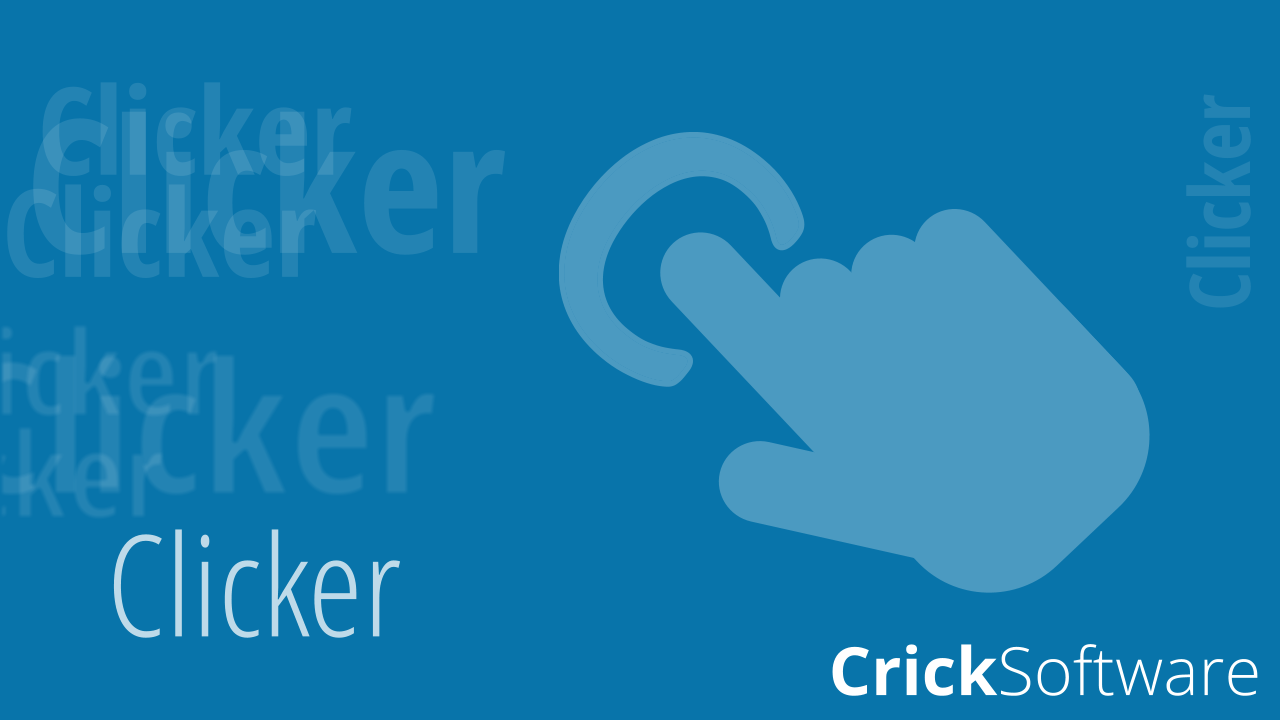
25 years ago, my classroom was filled with chalkboards, overhead projectors, and handouts. Technology was used sparingly, and classrooms had only a few computers for an entire room of children. Now, technology has transformed the classroom with interactive whiteboards, learning management systems and loads of educational programs for pupils.

This term we have a packed agenda of training webinars to support Clicker and DocsPlus subscribers. Our trainers will guide you through key product features and demonstrate a wide range of LearningGrids resources to support your learners.

Recent JCQ updates have new guidelines for students using assistive technology (like DocsPlus) for exam access arrangements, including students with English as an Additional Language (EAL) and those sitting Functional Skills English qualifications. If your school or exam centre uses (or would like to use) DocsPlus, here's what these changes mean and what you need to know to support your students effectively.

5 benefits of using DocsPlus for exam access arrangements
Ensuring all students have a fair shot during exams is no easy task. With diverse learning needs in every classroom, it can feel overwhelming to provide the right kind of support, especially when exam time rolls around. The great news is, if a student qualifies for additional access arrangements in exams, they can use DocsPlus.

Upcoming webinar: Practical SEND strategies for pre-diagnosis
Are you a primary school teacher working with children who may have special educational needs, but are still awaiting a formal diagnosis? Join us for a free webinar, Practical SEND strategies for pre-diagnosis, featuring Georgina Durrant, a renowned Special Educational Needs and Disabilities (SEND) expert.
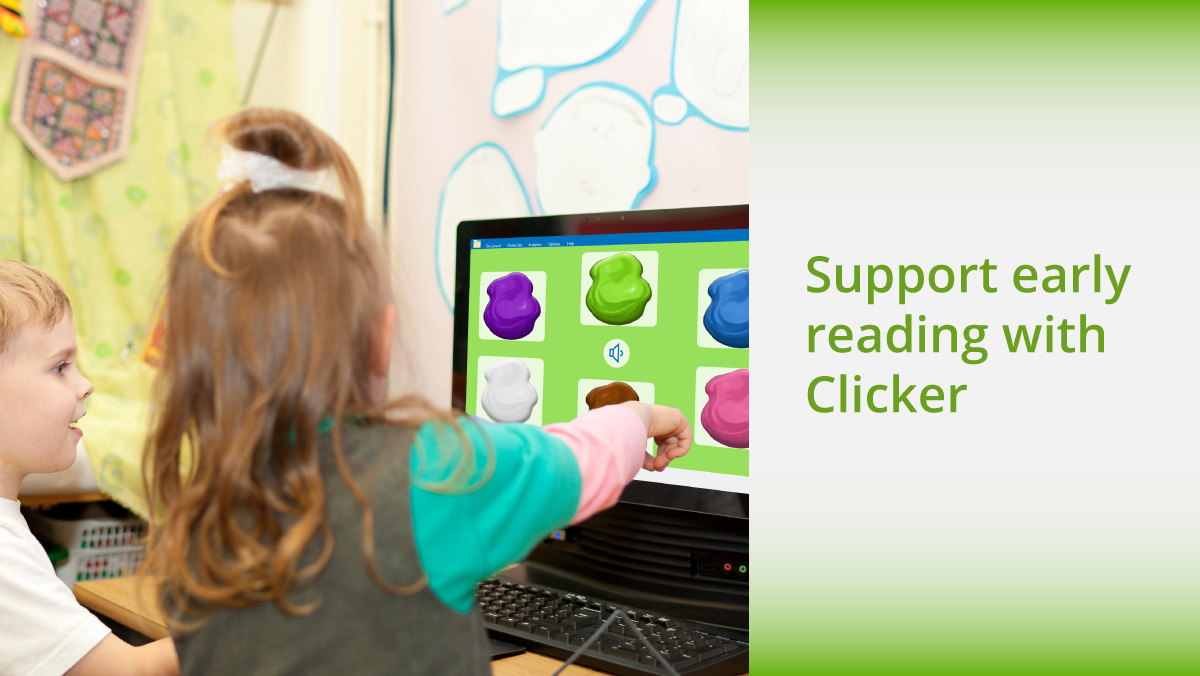
Recently, more schools have requested online training for using Clicker with younger learners, especially emergent readers. As a former EYFS and KS1 teacher, I use my experience in these sessions to showcase how many of Clicker’s key features are beneficial for these pupils.
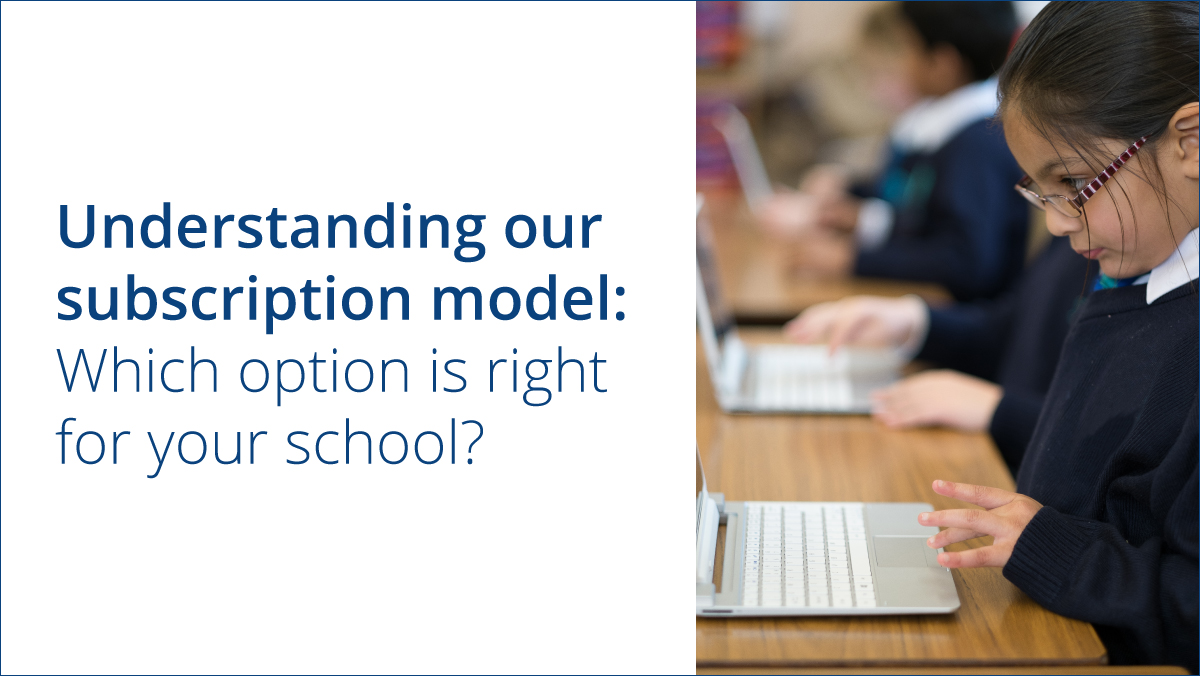
If you're considering purchasing Clicker or DocsPlus but aren't sure which subscription type is the best option for you, we're here to help! In this blog post, we'll walk you through each subscription type, explain their benefits, and help you determine which option best suits your school’s needs.
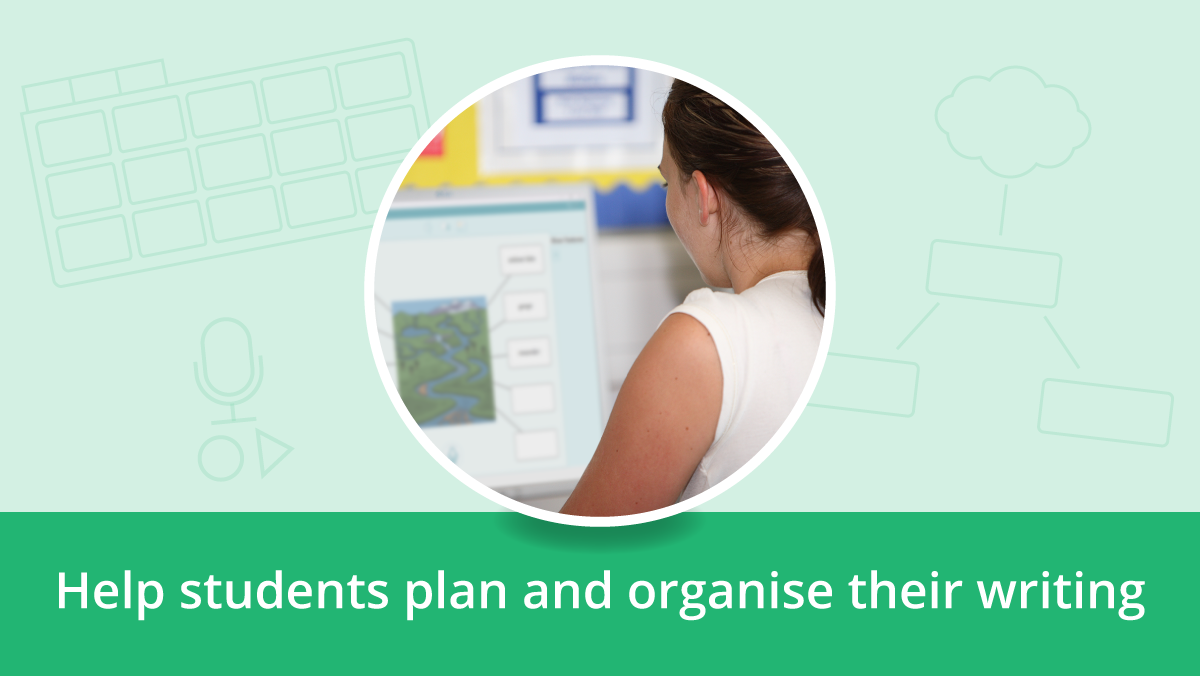
In our recent DocsPlus & Dyslexia webinar, we asked attendees to share the main literacy challenges their students struggle with.

Schools use Google Classroom’s cloud-based platform for pupils and teachers to share work from anywhere – which helps with remote learning as it can be accessed in school and at home.
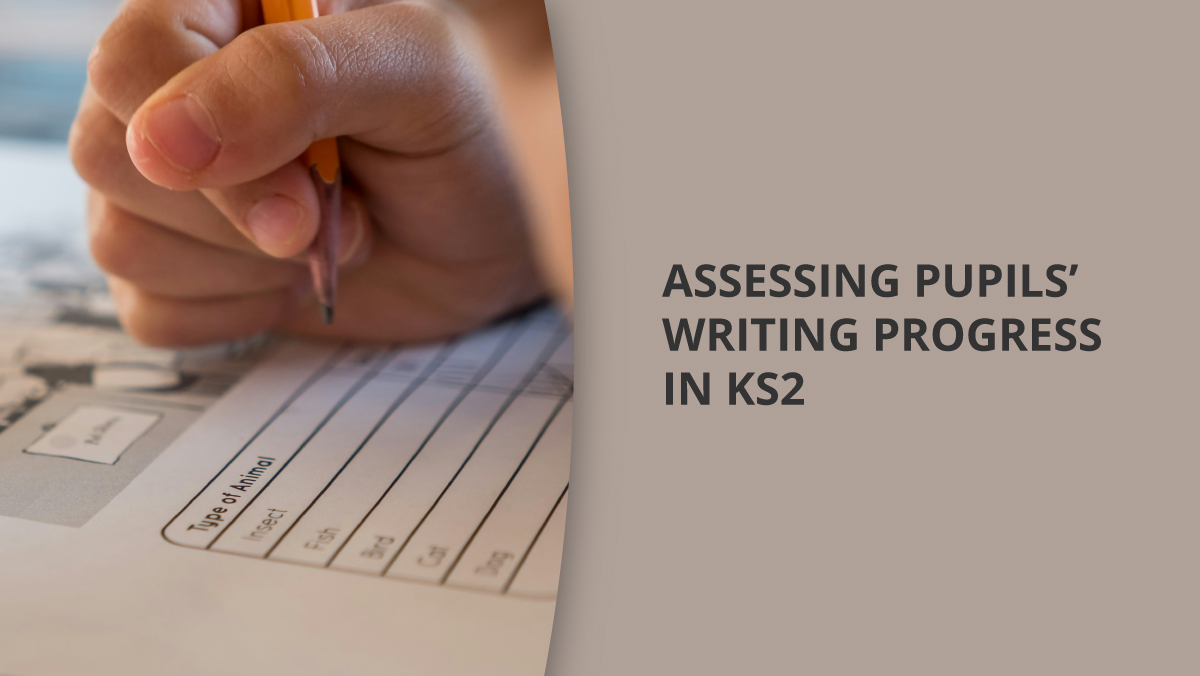
Assessing writing can be a difficult process. For many teachers, balancing the progress across different aspects of writing, like handwriting or spelling, to judge a pupil’s overall progress can sometimes feel unfairly subjective.
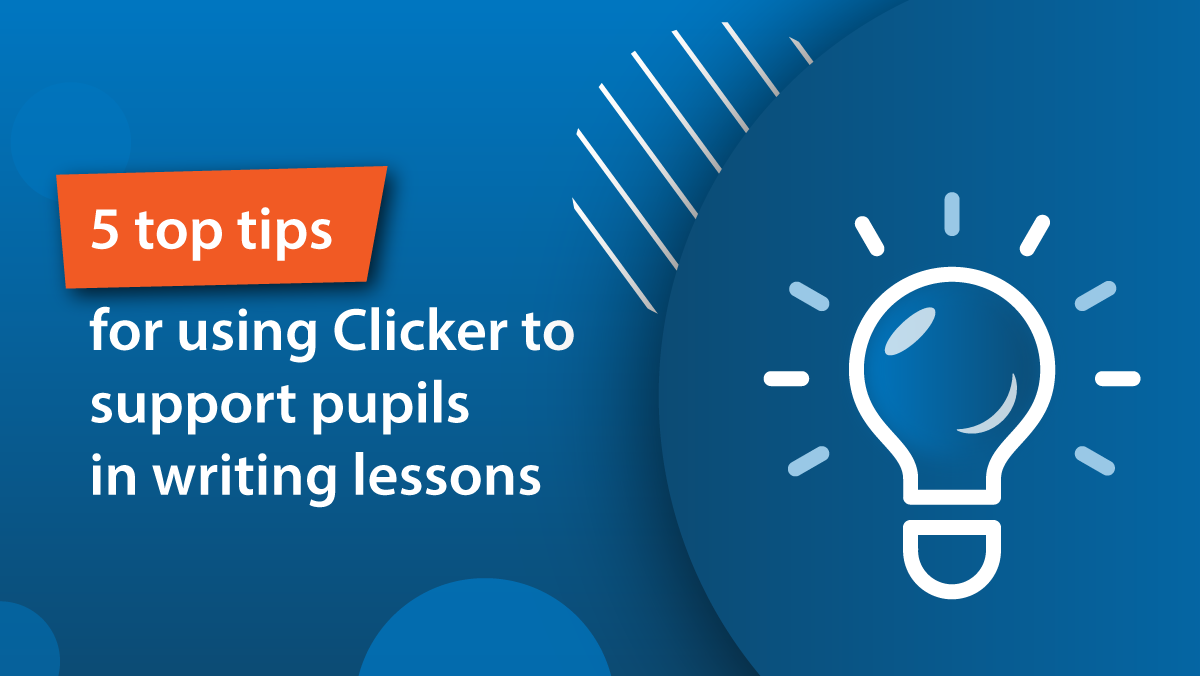
Clicker is purpose-built to offer writing support for pupils of diverse ages and abilities, including struggling writers, SEN pupils, those with dyslexia or autism, and EAL learners. For those who are new to Clicker or are looking for ways to help their struggling writers, here are five top tips for incorporating Clicker into writing lessons effectively.

Over the last few years, we have all seen how important it is to help pupils build a strong foundation for emotional well-being and resilience. A lot of research and studies have been done to look at the benefits of social emotional learning (SEL).

Vanessa Simons has extensive experience using Clicker to support her son, Oliver, who is minimally verbal. Over the years, she has witnessed remarkable progress in Oliver's verbal communication skills, including a 60% increase in his verbal utterances since using Clicker.

After their training session, a school reached out for further support on how to guide their pupils through Clicker’s Writing Grids to encourage independent writing.








